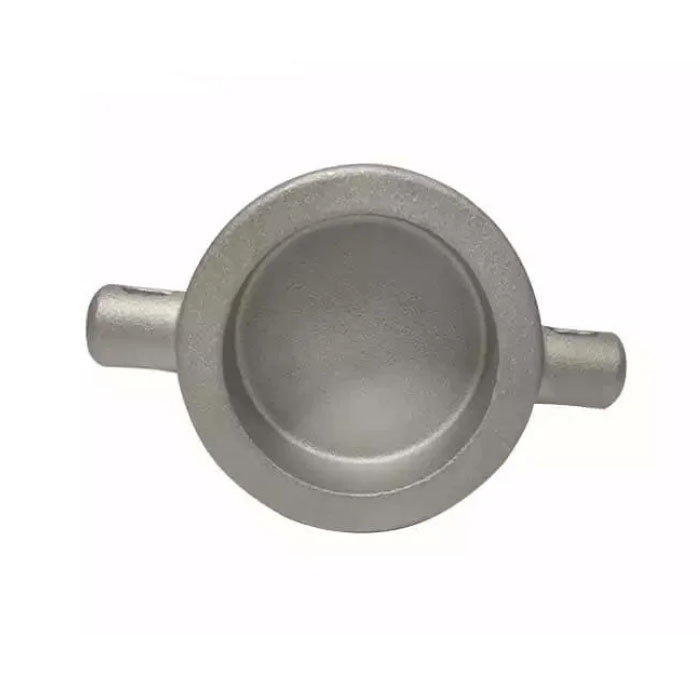How does investment casting ensure consistent quality across multiple production runs?
2025-06-04
Investment casting, also known as "lost-wax casting," is a precise manufacturing process used to create complex and intricate metal parts. It plays a crucial role in ensuring consistent quality across multiple production runs by leveraging several key factors:
1. High Precision and Repeatability
Wax Pattern Replication: In investment casting, a wax model (or pattern) is made for each part. This model is an exact replica of the final product. The precision of the wax pattern ensures that each part is identical, and this level of detail can be replicated multiple times. Once the pattern is formed, the investment (or mold) around it is very consistent, helping ensure each part is nearly identical in size and shape.
Mold Quality Control: The mold is made by coating the wax pattern with a fine layer of refractory material. The mold is then hardened and prepared for casting. The uniformity of this mold helps in maintaining consistent surface finish and dimensional accuracy in each production run.
2. Material Consistency
Controlled Alloy Composition: Investment casting allows for a high degree of control over the metal used. The alloys are precisely mixed to achieve specific material properties (like strength, corrosion resistance, or temperature tolerance). Maintaining consistency in the alloy composition for each production run ensures uniform performance of the final part.
Pouring Control: The metal is poured into the mold under controlled conditions (temperature, flow rate, and pressure). This helps prevent defects like porosity or inconsistencies in the microstructure that could arise from improper pouring, ensuring uniformity from one run to the next.

3. Dimensional Control and Inspection
Tolerances: Investment casting is capable of producing parts with tight tolerances, often in the range of ±0.005 inches (0.127 mm), which is much finer than many other casting processes. Tight control over the wax pattern, mold, and casting process helps ensure that the final product dimensions are consistent from one batch to another.
Inspection and Quality Control: Modern investment casting often involves advanced inspection techniques, such as X-ray inspection, ultrasonic testing, or visual inspection, to detect defects early. Automated measuring systems are frequently used to monitor part dimensions throughout production to ensure consistency.
4. Repeatability of the Process
Mold Reusability: Investment casting is often used in a way where molds or patterns can be made in batches, and the same process is repeated consistently. For large-volume runs, the process becomes highly repeatable. The steps are well-defined, with each stage being controlled and documented, which helps maintain consistency in future runs.
Automation: In many cases, parts of the investment casting process, such as pouring or mold preparation, are automated. Automation reduces human error, which can lead to variability, thus ensuring higher consistency across multiple runs.
5. Post-Casting Treatments
Heat Treatment and Finishing: After casting, parts may undergo various post-processing treatments, such as heat treatment, surface finishing, and machining. These post-casting treatments are tightly controlled to ensure that the mechanical properties and surface finishes are consistent across all parts in a production run. This helps further ensure that the final product meets specifications and quality standards.
6. Experienced Foundry Management
Skilled Labor: Experienced engineers and technicians closely monitor each stage of the investment casting process. Their expertise ensures that any variances or potential issues are caught and corrected quickly. For complex projects or large-scale productions, consistency is also ensured by having standardized operating procedures and a clear set of quality benchmarks.
7. Material Flow and Temperature Control
Controlled Environment: Temperature and environmental conditions during the investment casting process are crucial. Consistent mold temperatures, cooling rates, and environmental factors all contribute to reducing variations between production runs. If these conditions are kept constant, the microstructure and overall material properties of the cast parts will be much more consistent.
Conclusion
Through its combination of precise pattern replication, material control, process repeatability, and post-casting treatments, investment casting is able to ensure consistent quality across multiple production runs. This level of precision makes it ideal for producing complex parts that require high standards for both functionality and aesthetics.


